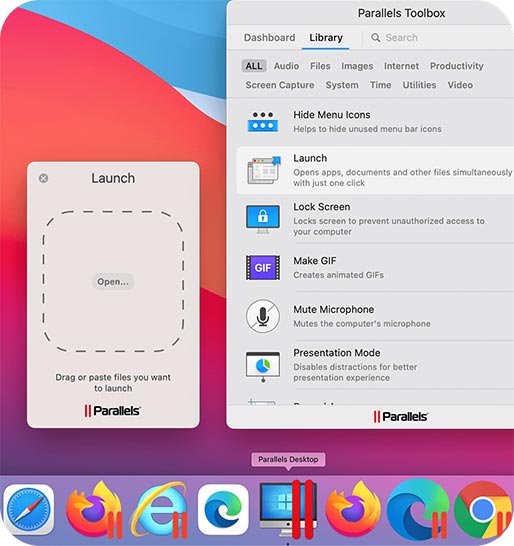
- Office for mac this is not a valid file name sierra for mac#
- Office for mac this is not a valid file name sierra mac os#
- Office for mac this is not a valid file name sierra update#
- Office for mac this is not a valid file name sierra pro#
- Office for mac this is not a valid file name sierra mac#
Office for mac this is not a valid file name sierra mac#
MAC SSHD (disk0s2 – Journaled HFS+) /Volumes/MAC SSHD : 2.00 TB (398.19 GB free) Video Information: i Intel HD Graphics 4000 – VRAM: 1536 MBĬolor LCD 1680 x 1050 NVIDIA GeForce GT 650M – VRAM: 1 GBĭisk Information: i Samsung SSD 850 EVO 2TB disk1: (2 TB) (Solid State – TRIM: Yes) ĮFI (disk1s1 – MS-DOS FAT32) : 210 MB (disk1s2) : 2.00 TB Handoff/Airdrop2: supported Wireless: en1: 802.11 a/b/g/n Battery: Health = Normal – Cycle count = 604 iCloud Quota: 1.76 GB available
Office for mac this is not a valid file name sierra pro#
Hardware Information: i MacBook Pro (15-inch, Mid 2012) – – MacBook Pro – model: MacBookPro9,1 1 2.7 GHz Intel Core i7 (i7-3820QM) CPU: 4-core 16 GB RAM Upgradeable – Click the links for more information about that line.
Office for mac this is not a valid file name sierra mac os#
I would like to know regarding format on my secondary harddrive on my macbook pro.At this moment my main ssd drive is on APFS format & my secondary drive im using 2TB Seagate Firecuda SSHD…should i format the SSHD into APFS too like my main ssd drive or just leave it as it is Mac Os Journaled?ĮtreCheck version: 3.4.5 (455) Report generated 18:12:32 Download EtreCheck from Runtime: 2:06 Performance: ExcellentĬlick the links for more information from Apple Support Communities.
Office for mac this is not a valid file name sierra update#
If you have a tray-loading optical drive, gently push the tray closed after inserting the CD.ĥ You will hear a long tone, which indicates that the restoration process has started.ĦĚfter a short delay, you’ll see a progress bar.ħĝo not interrupt the process, disconnect power, use the mouse or keyboard, or shut down or restart your Mac during the restoration process.Ĩ When the update is complete, your Mac will automatically restart.
Office for mac this is not a valid file name sierra for mac#
However it brought up a good point for Mac Pro 2010-2012 users.ĭo a simple search for Firmware Restoration.īefore you attempt to install High Sierra you should create a Firmware Restoration CD.Ģ Press and hold the power on button your Mac until either the sleep light blinks three times fast, then three times slow, then three time fast (for Macs with sleep lights), or you hear three rapid tones, then three slow tones, then three rapid tones (for Macs without a sleep light).ģ Still holding the power button, insert the Firmware Restoration CD into your Mac’s optical drive. Also, drive firmware cannot be modified or changed on the fly, it cannot only be changed with special tools independent of the OS. Without specifics when you write a technique for installation that works better, the readers have to guess what you really did to fix your issue. It is always best to format and clean install with any operating system. The firmware in you drive was not modified by the OS it came modified. Unless Apple makes APFS fully compatible with all SSDs not just the shipping machine’s SSD’s which the public cannot buy as a replacements, using a 3rd party SSD as a replacement, other than a Aura Pro X, will yield possible drive issues with APFS currently.

Here is the rest of the technical note verbatim, with our translation of Apple’s writing in italics:Īll Apple drives (which are not manufactured by them in house, have drive firmware which has been modified by this manufacturer to Apple’s specs, this is why they are recognized as a Apple drive by the OS, vs an off the shelf SSD, which is not), come with firmware that is modified at manufacture.Īpple has acquired Toshiba so future drives may all be be made in house, or so to speak.

Those Macs that use Fusion Drives (like the iMac, for example) or good old hard disk drives will not be converted, period. So basically, if you install APFS on any Mac that uses a solid-state drive as a built-in boot drive, it will automatically convert to APFS and you will not have a choice. You can’t opt out of the transition to APFS. (Rocket Yard emphasis)

Fusion Drives and hard disk drives (HDDs) aren’t converted. When you install macOS High Sierra on the built-in solid-state drive (SSD) of a Mac, that drive is automatically converted to APFS. APFS features strong encryption, space sharing, snapshots, fast directory sizing, and improved file system fundamentals. Probably the most important information from Apple is this quote:Īpple File System (APFS) is the default file system in macOS High Sierra for Mac computers with all-flash storage. Thanks to sharp-eyed Rocket Yard commenter Chris pointing us to an Apple support document, we now have a bit more information on macOS High Sierra, Apple File System, and how it all works on Macs and on volumes that are formatted with the legacy HFS+ file system.Ĭhris pointed us to this Apple tech document, titled Prepare for APFS in macOS High Sierra.


 0 kommentar(er)
0 kommentar(er)
